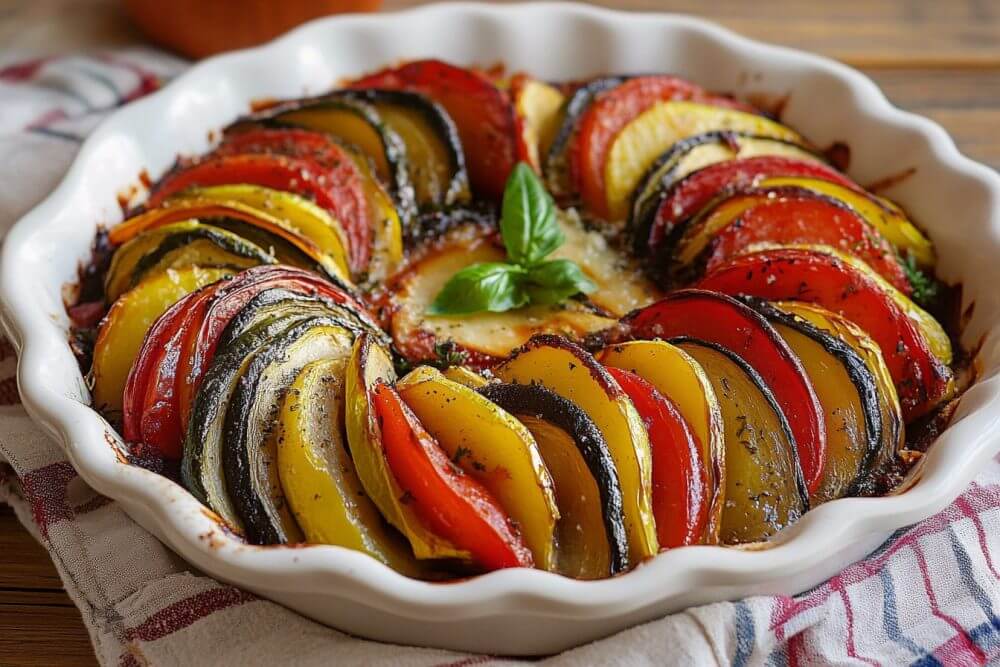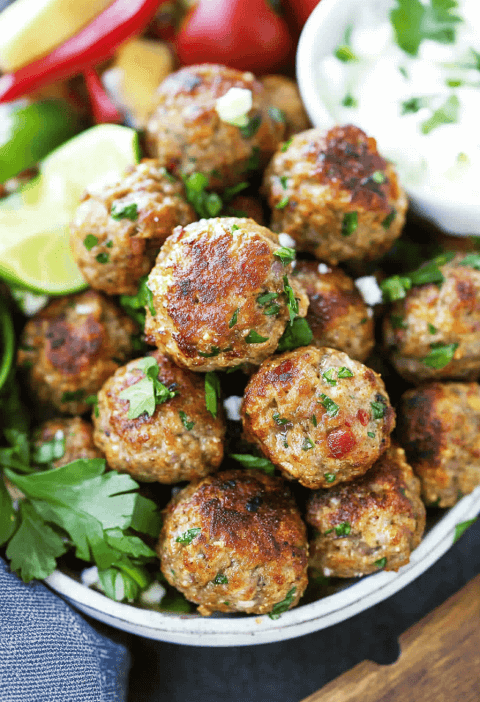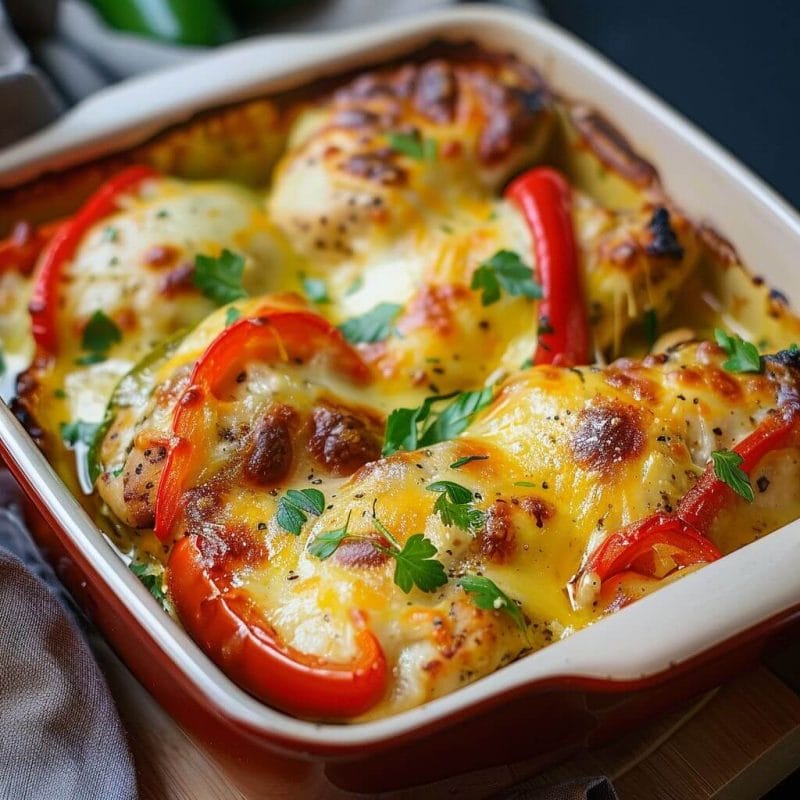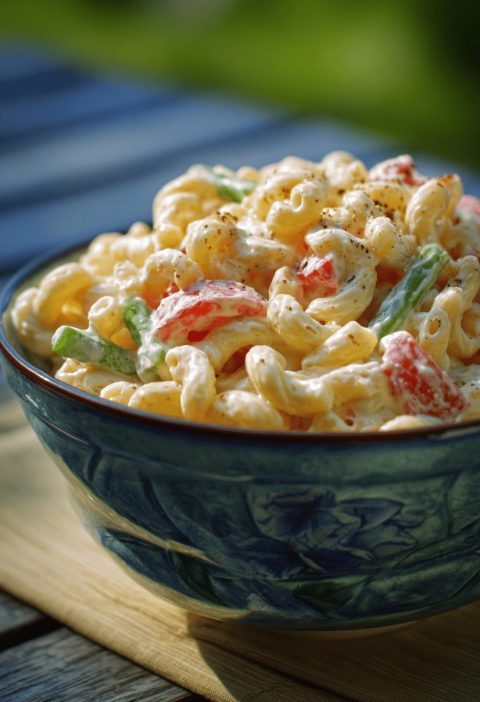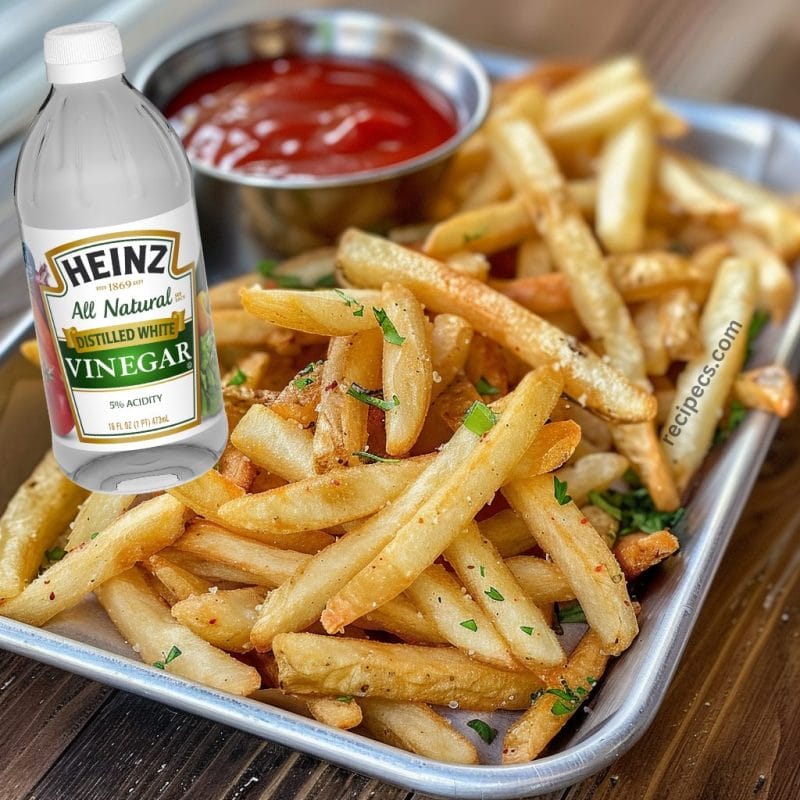Would you like to save this?
Hey everyone! 👋 Today, I’m thrilled to share one of my all-time favorite dishes—Ratatouille. ðŸ†ðŸ… This vibrant, veggie-packed dish is a staple in my kitchen, beloved by family and friends alike. Not only is Ratatouille bursting with flavor, but it also beautifully showcases the bounty of seasonal vegetables. Trust me, once you dig into this hearty, comforting dish, you’ll be hooked! So, let’s dive into the details and bring a little French countryside flavor to your table. 😊
Why Ratatouille Is a Must-Try Dish
Ratatouille isn’t just a dish; it’s a celebration of fresh vegetables. Each bite offers a perfect balance of flavors—from the earthy eggplant to the sweet bell peppers, the juicy tomatoes, and the tender zucchini. It’s a dish that highlights the essence of Mediterranean cooking, where simple, high-quality ingredients shine. Plus, Ratatouille is incredibly versatile. Serve it as a main course with some crusty bread, as a side dish, or even spooned over pasta or rice. No matter how you enjoy it, this dish is sure to become a favorite in your recipe repertoire.
Ingredients You’ll Need
Let’s gather everything you need to create this flavorful, veggie-packed dish:
For the Eggplant:
- 1 eggplant (aubergine): Cut into 2 cm (¾-inch) cubes, leaving the skin on (~450g / 16oz)
- 1/2 tsp salt: Cooking or kosher salt, to sweat the eggplant
For the Ratatouille:
- 3 tomatoes: Chopped (~150g / 5oz each). You can substitute with canned tomatoes if needed.
- 6 tbsp extra virgin olive oil: Divided for cooking the vegetables.
- 2 brown onions: Chopped into 1 cm (â…–-inch) cubes (~150g / 5oz each).
- 2 bell peppers (capsicum): One red, one yellow, cut into 2 cm (â…˜-inch) cubes (~200g / 7oz each).
- 2 zucchinis (courgettes): Diced into 1.5 cm (½-inch) pieces (~200g / 7oz each).
- 2 garlic cloves: Finely chopped (~3 tsp).
- 1 tsp fresh thyme leaves: Chopped (dried thyme can be used as a substitute).
- 3/4 tsp salt: Cooking or kosher salt, to season the dish.
- 1/4 tsp black pepper: For seasoning.
- 20 black olives: Pitted and halved.
For Finishing:
- 1 tbsp fresh basil: Finely chopped, plus more for garnish (you can use dried basil if fresh is unavailable).
- Extra virgin olive oil: For drizzling before serving.
Step-by-Step Instructions
Now that your ingredients are ready, let’s start cooking this delicious Ratatouille!
1. Sweat the Eggplant
Start by sweating the eggplant, a crucial step to reduce bitterness and excess moisture:
- Prepare the Eggplant: Place the cubed eggplant in a colander set over a bowl. Sprinkle with 1/2 tsp of salt and toss the cubes with your hands to ensure even coverage.
- Let It Rest: Leave the eggplant to sweat for about 30 minutes. This process will draw out excess moisture, helping to achieve a better texture. There’s no need to wipe off the water that beads on the surface.
2. Make the Tomato Purée
While the eggplant sweats, you can prepare the tomato base:
- Blend the Tomatoes: Place the chopped tomatoes in a blender or food processor and blitz until smooth. If you’re using canned tomatoes or passata, you can skip this step.
3. Cook the Vegetables
This dish is all about layering flavors, so we’ll cook each vegetable separately before combining them.
- Cook the Eggplant: Heat 2 tbsp of olive oil in a large skillet over medium-high heat. Add the eggplant cubes and cook for 4 to 5 minutes, stirring regularly. The eggplant should become golden on the surface but remain somewhat firm inside. Once done, transfer the eggplant to a large pot.
- Cook the Onion and Garlic: In the same skillet, add another 1 tbsp of olive oil. Sauté the chopped onions and garlic with a pinch of salt for about 3 minutes, until the onions are soft and just starting to turn golden at the edges. Add them to the pot with the eggplant.
- Cook the Bell Peppers: Add another 1 tbsp of olive oil to the skillet. Cook the diced bell peppers with a pinch of salt for 3 minutes. The peppers should remain firm on the inside. Don’t worry if they don’t pick up much color—just add them to the pot.
- Cook the Zucchini: Finally, add the last 1 tbsp of olive oil to the skillet. Cook the diced zucchini with a pinch of salt for 3 minutes, making sure it stays firm (it should still be slightly raw inside). Like the bell peppers, it won’t turn golden. Transfer the zucchini to the pot.
4. Combine and Cook
With all the vegetables prepped, it’s time to bring everything together.
- Combine Ingredients: Turn the heat under the pot to medium-high. Add the tomato purée, fresh thyme, black olives, the remaining salt, and pepper. Stir everything together until the mixture is well combined and heated through.
- Braise the Ratatouille: Once the mixture is hot, reduce the heat to a low simmer. Cook the ratatouille uncovered for 20 to 25 minutes, stirring occasionally. The goal is to cook the vegetables through while reducing the liquid. The final dish should be thick enough to pile on a plate but still moist and juicy.
5. Finishing Touches
Before serving, add a few final touches to elevate the flavor:
- Add Basil and Adjust Seasoning: Taste the ratatouille and add more salt if needed. Stir in 1 tbsp of fresh basil, then remove the pot from heat.
- Serve: Spoon the ratatouille onto plates, drizzle with extra virgin olive oil, and sprinkle with more fresh basil if desired. It’s perfect as a main dish with crusty bread or as a side dish to your favorite protein.
Frequently Asked Questions
1. Can Ratatouille be made ahead of time?
Definitely! Ratatouille is one of those dishes that tastes even better the next day as the flavors have time to meld together. Simply store it in an airtight container in the refrigerator, and reheat gently on the stove when you’re ready to serve.
2. Can I freeze Ratatouille?
Yes, Ratatouille freezes well. Allow it to cool completely, then transfer it to a freezer-safe container. It will keep for up to 3 months. When you’re ready to eat, thaw it overnight in the refrigerator and reheat on the stove.
3. What other vegetables can I add?
Feel free to get creative! Ratatouille is flexible, and you can add other seasonal vegetables like carrots, mushrooms, or squash. Just keep in mind that the cooking times may vary depending on the vegetables you choose.
4. How should I serve Ratatouille?
Ratatouille can be served in many ways. Enjoy it as a main dish with crusty bread, over pasta or rice, or as a side dish to grilled meats or fish. It’s also delicious cold, served as a salad or even as a sandwich filling.
5. Is Ratatouille vegan?
Yes, this Ratatouille recipe is completely vegan, making it a great option for those following a plant-based diet. It’s rich, flavorful, and satisfying, thanks to the variety of vegetables and the depth of flavor from the cooking process.
Final Thoughts
Ratatouille is a dish that’s as comforting as it is flavorful, perfect for showcasing the best of seasonal vegetables. Whether you’re making it as a simple weeknight dinner or serving it as a special dish for guests, its vibrant colors and rich flavors are sure to impress. So go ahead, whip up a batch of this classic French dish, and savor the taste of summer in every bite! ðŸ†ðŸ…

